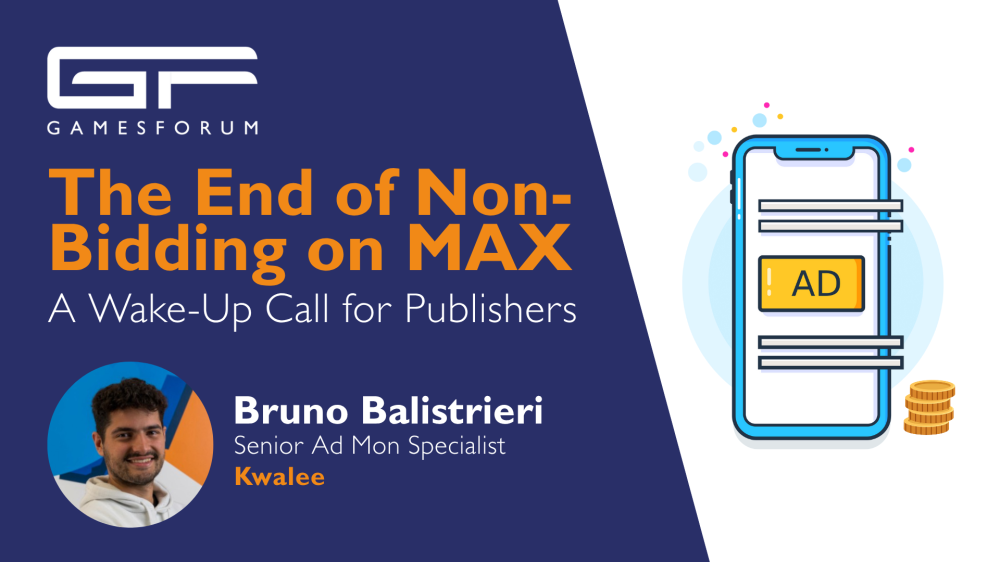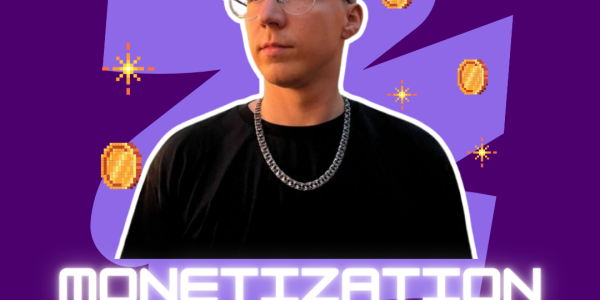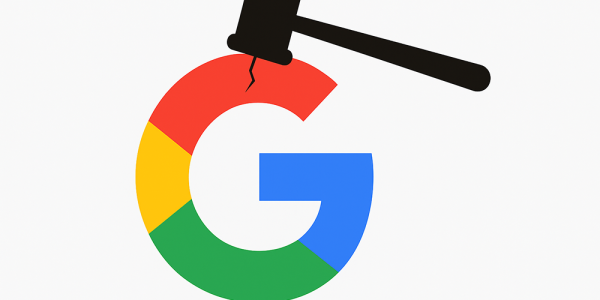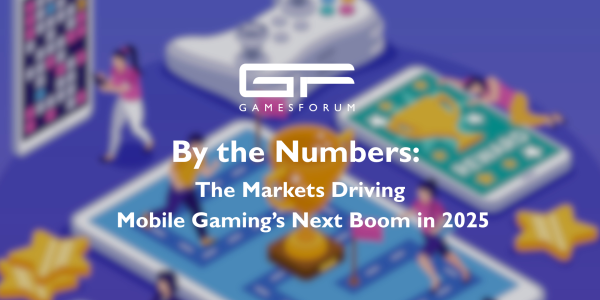The End of Non-Bidding on MAX: A Wake-Up Call for Publishers

Over the past year, we’ve seen a dramatic shift in how monetization is executed on mobile games, not mainly because players have changed, but because the power dynamics of the monetization stack have. With the recent and aggressive push by MAX to phase out non-bidding networks, publishers are being forced into a new era: one where control is no longer in our hands, and where innovation must come from resistance, not collaboration.
This isn’t just a technical change in mediation behavior. It’s a philosophical transformation in how we, as publishers, are expected to operate, and it is also time we stop pretending it’s a positive one.
From Partner to Gatekeeper
Ironically, what started as a promise of efficiency and better yields through unified auctions is now devolving into a world of gatekeeping. Bidding, when done right, was supposed to democratize monetization. Instead, the platforms that mediate it are slowly eliminating our ability to influence it. The removal of non-bidding waterfall instances from MAX is more than just a policy update; it is a strategic move that centralizes power in the hands of the mediation itself.
As a result, publishers are left with no control over prioritization, price floors, or failover logic. We’re being asked to blindly trust the mediation’s black box to optimize for us. But let’s not forget: mediation platforms like MAX are owned by ad networks themselves. They are not neutral. Their interests are not aligned with ours.
Innovation Through Necessity, Not Choice
This wave of forced change has created a clear problem: if you can’t play within the rules of the system, you must find a way around it. And that’s exactly what publishers are starting to do.
We’re entering an era where monetization teams are being forced to rethink even the basic logic of calling an ad. Traditionally, calling a rewarded video or interstitial was a linear and standard procedure: define placements, call ads, and track events. Now, this logic must adapt to a reality where the mediation rules are no longer predictable.
To stay competitive, publishers are exploring ways to manipulate mediation behavior indirectly: through segmentation, dynamic ad placements, and even ad logic that doesn’t follow the SDK’s intended flow. We’re seeing a new wave of creative disobedience.
The Rise of User Segmentation as Defense
Faced with these restrictions, many publishers are experimenting with strategies that challenge the very logic of how ads are traditionally delivered. One such approach gaining traction is the use of multiple ad units in parallel, not to improve the user experience, but to fight back against the blind spots of automated mediation.
By calling multiple ad units, often identical in placement type but different in mediation configuration, publishers are essentially running ad auctions outside the auction. The goal is to find the highest yielding ad, not the one the mediation platform “thinks” is best, but the one that actually delivers the most value. This often involves adding decision-making logic on the client side to detect which unit responds faster, which has higher fill, or which returns a better estimated eCPM over time.
Of course, this type of implementation is heavily frowned upon by mediation platforms and ad networks. It breaks their model. It challenges their narrative of clean, simple integration. But it’s working, not because it follows best practices, but because it ignores them.
This kind of segmentation is no longer about the user. It’s about surviving in an ecosystem that’s becoming increasingly hostile to publisher control. And ironically, by stepping outside the system, publishers are finding new ways to extract value from it.
Breaking the "Best Practices" Myth
MAX and other mediators love to talk about “best practices”, but let’s be honest: best practices often mean best for them, not for us.
Best practices say you should call all ads from a central point. Best practices say you shouldn’t add delays or custom logic to ad calls. Best practices say you should always show the first ad at a specific user milestone. These are convenient for mediation analytics, not for maximizing our revenue.
By eliminating non-bidding, MAX has effectively destroyed one of the few levers we had left. We can no longer rely on traditional tools like priority placement, A/B waterfall testing, or even creating time-based waterfall adjustments.
What remains is one tool: creativity.
This centralization of power puts publishers in a dangerous position. We are simultaneously customers and competitors of the same companies. It’s like opening a store inside a mall where the landlord is also your biggest rival.
Who Really Owns the Ad Stack?
The uncomfortable truth is this: publishers no longer own their ad stacks. We rent them from mediation platforms that get to decide which networks are allowed, how data is shared, and what tools are available.
And the trend is only getting worse.
Google is tightening AdMob’s demand structure. Unity has prioritized its own demand in mediation. Now MAX is fully eliminating support for non-bidding, while simultaneously pushing their own networks as default top bids.
This centralization of power puts publishers in a dangerous position. We are simultaneously customers and competitors of the same companies. It’s like opening a store inside a mall where the landlord is also your biggest rival.
What Comes Next?
It’s time for publishers to stop accepting this status quo.
We need to stop treating mediation platforms as benevolent partners and start treating them as businesses that have their own agendas. We need to question what’s being forced upon us and seek ways to regain control, whether through segmentation, custom SDK layers, or even developing in-house mediation layers for specific placements.
The biggest enemy of innovation is complacency. And the current monetization landscape is demanding that we either innovate or fall behind.
A Final Thought
This is not a call to war, it’s a call to responsibility.
As publishers, we cannot afford to sit back and let our monetization be dictated by platforms that benefit more from our dependence than our independence. We must push back, build smarter logic, experiment aggressively, and challenge the so-called best practices that benefit the few, not the many.
Because if we don’t, then who will?













